Home>Gardening & Outdoor>Landscaping Ideas>What Is Static Grass
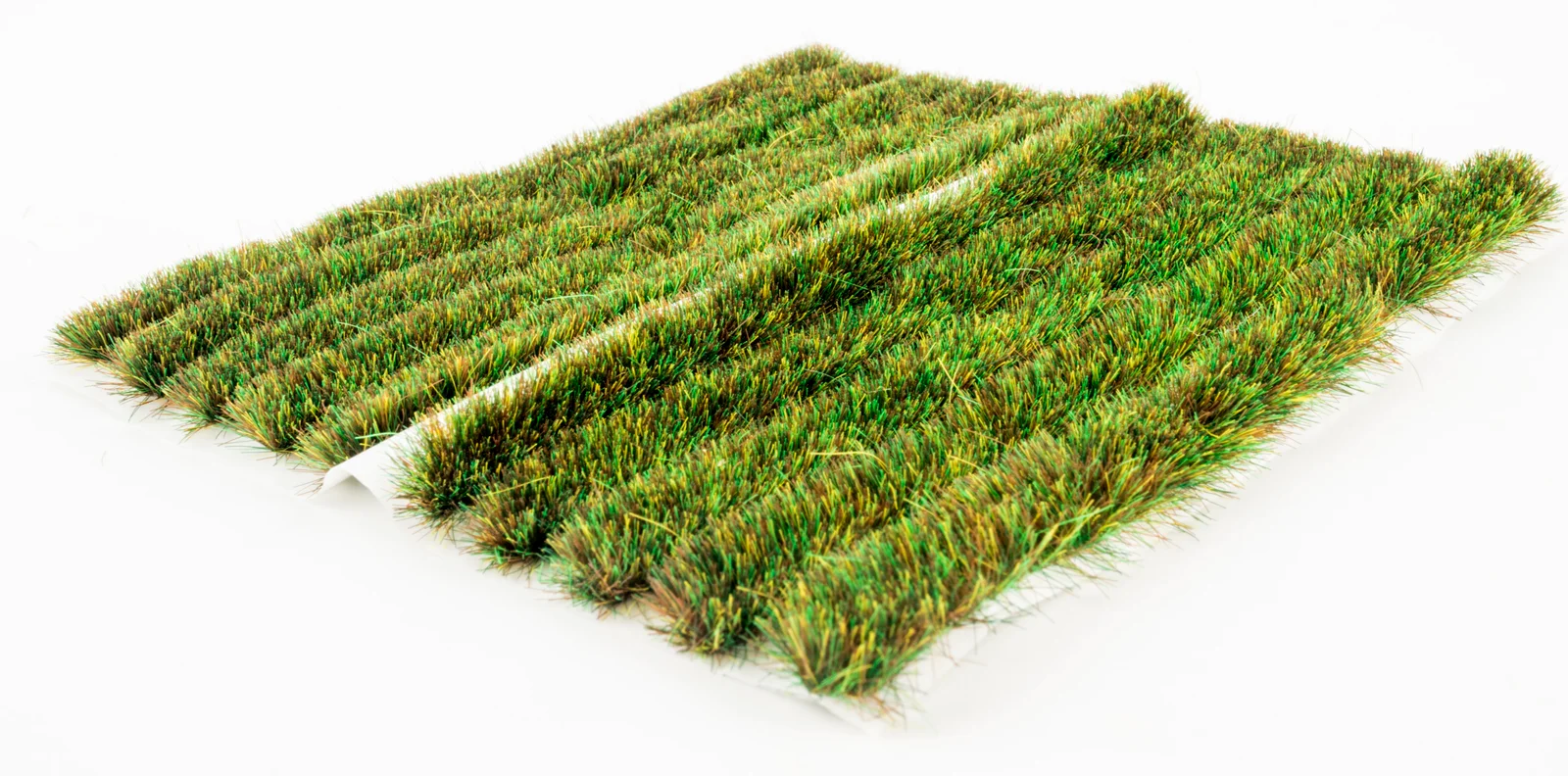

Landscaping Ideas
What Is Static Grass
Published: January 27, 2024
Discover the benefits of using static grass for your landscaping ideas. Learn how to create realistic and visually appealing outdoor spaces with static grass. Explore tips and techniques for incorporating static grass into your landscaping projects.
(Many of the links in this article redirect to a specific reviewed product. Your purchase of these products through affiliate links helps to generate commission for Storables.com, at no extra cost. Learn more)
**
Introduction
**
Landscaping plays a pivotal role in transforming outdoor spaces into captivating and visually appealing areas. Whether it's a miniature model railway, a wargaming terrain, or a realistic diorama, the use of static grass can elevate the aesthetics of these settings to a whole new level. In the realm of landscaping, static grass has become a popular and indispensable tool for creating lifelike grassy surfaces. This article aims to delve into the world of static grass, offering insights into its definition, uses, types, application techniques, and valuable tips for achieving stunning results. Whether you're a hobbyist, a professional modeler, or a diorama enthusiast, understanding the nuances of static grass can significantly enhance your landscaping endeavors. Let's embark on this journey to unravel the wonders of static grass and discover the myriad possibilities it offers for bringing landscapes to life.
**
Key Takeaways:
- Static grass is a special material used in landscaping and model-making to create lifelike grass and vegetation. It’s charged with electricity to stand upright, mimicking real grass and adding realism to miniature worlds.
- There are different types of static grass, each mimicking specific environments like summer meadows or winter landscapes. By using diverse lengths and colors, enthusiasts can create depth and visual interest in their models and dioramas.
Read more: What Causes Television Static?
Definition of Static Grass
**
Static grass is a specialized material used in landscaping and model-making to simulate realistic grass and vegetation. Unlike traditional model grass, which often appears flat and artificial, static grass possesses a natural appearance and texture, making it an ideal choice for creating lifelike landscapes. This unique material is composed of synthetic fibers that mimic the look and feel of real grass, offering unparalleled realism in scale model scenes, dioramas, architectural models, and miniature railway layouts.
What sets static grass apart from conventional modeling grass is its electrostatic properties. Each strand of static grass is imbued with an electrostatic charge, causing it to stand upright when applied to a surface treated with adhesive. This vertical orientation closely resembles the growth pattern of actual grass, resulting in a remarkably authentic portrayal of vegetation. The electrostatic charge also facilitates even distribution and adhesion of the grass fibers, ensuring uniform coverage and a natural, seamless appearance.
Static grass is available in a diverse range of colors, lengths, and textures, catering to various landscaping and modeling requirements. Whether you seek to replicate lush meadows, rugged wilderness, or manicured lawns, there is a static grass variety suitable for every scenic vision. This versatile material enables hobbyists, artists, and landscape professionals to craft intricate and compelling environments, adding depth, dimension, and visual interest to their creations.
With its ability to mimic the organic intricacies of natural grass, static grass has revolutionized the art of landscape modeling, empowering enthusiasts to bring their imaginative worlds to life with unparalleled authenticity and charm.
**
Uses of Static Grass
**
Static grass finds a myriad of applications across various creative pursuits, serving as an indispensable tool for achieving realistic and visually captivating landscapes. Its versatility and lifelike qualities make it a popular choice in the realms of model-making, diorama construction, architectural modeling, and scenic railway layout design. Let’s explore the diverse uses of static grass that have garnered acclaim among hobbyists, artists, and professionals alike.
1. Model Railways and Dioramas: In the realm of model railways and dioramas, static grass serves as a fundamental element for replicating natural terrain. From grassy embankments and meadows to rugged landscapes and forest floors, static grass enables enthusiasts to recreate authentic and immersive settings for their miniature worlds. Whether it’s a bustling train station surrounded by verdant pastures or a historical battle scene set amidst lush vegetation, static grass adds depth, realism, and character to these meticulously crafted environments.
2. Architectural Models: Architects and architectural model-makers utilize static grass to enhance the realism of their scale models. Whether depicting urban parks, residential landscapes, or commercial developments, the use of static grass lends a lifelike quality to architectural dioramas, enabling clients and stakeholders to visualize proposed projects within a compelling and naturalistic context.
3. Wargaming Terrain: In the realm of wargaming, static grass is employed to create immersive and thematic battlefields. From idyllic countryside settings to war-torn landscapes, the application of static grass enhances the visual appeal of wargaming terrain, providing a realistic backdrop for strategic gameplay and narrative-driven scenarios.
4. Diorama Art: Artists and hobbyists utilize static grass to craft captivating dioramas that depict scenes from nature, history, fantasy, and beyond. Whether recreating pastoral landscapes, ancient ruins, or fantastical realms, static grass serves as a versatile medium for adding texture, color, and depth to these miniature works of art.
5. Landscape Design: Beyond the realms of modeling and gaming, static grass is employed by landscape designers and enthusiasts to create lifelike miniature landscapes for display and exhibition. From botanical gardens and nature reserves to architectural showcases and horticultural exhibits, static grass contributes to the creation of visually stunning and realistic miniature environments.
By virtue of its adaptability and lifelike qualities, static grass has emerged as an indispensable resource for a diverse array of creative endeavors, empowering enthusiasts and professionals to bring their imaginative visions to life with unparalleled realism and artistry.
**
Types of Static Grass
**
Static grass is available in a diverse array of types, each offering unique characteristics that cater to specific landscaping and modeling needs. From varying lengths and colors to different textures and applications, the following are some of the prominent types of static grass widely utilized in creative pursuits:
1. Standard Static Grass: This type of static grass is characterized by its versatility and is available in a range of heights, typically from 2mm to 6mm. It is well-suited for creating general grassy areas, meadows, and basic landscapes in model railways, dioramas, and architectural models.
2. Wild Grass: As the name suggests, wild grass exhibits a more untamed and rugged appearance, with varying lengths and textures that mimic natural grasses found in wilderness settings. This type of static grass is ideal for depicting overgrown fields, rugged terrains, and untamed landscapes, adding a touch of realism to scenic displays.
3. Summer Meadow Grass: Offering a vibrant and lush aesthetic, summer meadow grass features bright green hues and finer textures, perfectly emulating the appearance of flourishing grasslands during the warmer seasons. It is well-suited for creating idyllic pastoral scenes, sunlit meadows, and verdant landscapes teeming with life and vitality.
4. Autumn Grass: With its warm and earthy tones, autumn grass captures the essence of the fall season, featuring hues of golden yellow, amber, and russet. This type of static grass is ideal for replicating autumnal landscapes, including fields, woodland clearings, and seasonal dioramas that evoke the rich and vibrant colors of the changing foliage.
5. Winter Grass: Designed to evoke the serene beauty of winter landscapes, this type of static grass features frosty white and pale green tones, encapsulating the tranquility of snow-covered fields and frosted meadows. Winter grass is a popular choice for creating wintry scenes, alpine settings, and holiday-themed dioramas that capture the enchanting ambiance of the colder months.
6. Specialty Blends: Manufacturers offer specialty blends of static grass that combine various colors, textures, and lengths to replicate specific environments or thematic settings. These blends may include features such as flowers, weeds, or seasonal elements, allowing modelers and landscapers to achieve highly detailed and customized effects in their creations.
By offering a diverse range of options, these types of static grass empower enthusiasts and professionals to meticulously tailor their landscapes and models to reflect a wide spectrum of natural settings, seasonal variations, and thematic elements, adding depth, character, and visual interest to their creative endeavors.
**
When applying static grass to your model train layout or diorama, make sure to use a static grass applicator to evenly distribute the grass and create a realistic look.
How to Apply Static Grass
**
Applying static grass is a multi-step process that involves precision, creativity, and a keen eye for detail. By following the proper techniques, enthusiasts and modelers can achieve stunning and lifelike grassy surfaces that enhance the realism of their landscapes and dioramas. Here’s a step-by-step guide on how to apply static grass effectively:
1. Surface Preparation: Begin by preparing the surface where the static grass will be applied. Ensure that the area is clean, free of debris, and adequately primed with an adhesive or static grass applicator. The adhesive serves as the medium for securing the static grass fibers to the surface, creating a durable and realistic bond.
2. Applicator Setup: Utilize a static grass applicator, which is a specialized tool designed to disperse the grass fibers while imparting an electrostatic charge to ensure vertical alignment. The applicator consists of a hopper for holding the static grass, a mesh sieve for dispensing the fibers, and a built-in electrostatic generator to charge the fibers as they are released onto the adhesive-coated surface.
3. Adhesive Application: Apply a thin, even layer of adhesive to the targeted area using a suitable applicator or brush. The adhesive should be compatible with the surface material and provide sufficient tackiness to securely hold the static grass fibers in place. Opt for adhesives specifically formulated for static grass applications to ensure optimal results.
4. Static Grass Dispersion: Fill the hopper of the static grass applicator with the desired type and color of static grass. With the applicator turned on, gently shake or tap the sieve to disperse the grass fibers onto the adhesive-coated surface. The electrostatic charge will cause the fibers to stand upright upon landing, creating a natural and realistic appearance reminiscent of real grass growth.
5. Even Coverage: Work methodically to achieve even coverage and density across the targeted area. Use varying lengths and colors of static grass to mimic natural diversity and create visual interest. Pay attention to contours, slopes, and focal points within the landscape, adjusting the grass application to reflect the organic patterns and textures found in real grassy terrain.
6. Excess Removal: Once the static grass has been applied, gently tap or brush the surface to dislodge any loose or excess fibers. This helps ensure a clean and polished finish, removing any stray fibers that may detract from the overall realism of the grassy surface.
By adhering to these steps and exercising patience and precision, enthusiasts and modelers can achieve remarkable results when applying static grass, transforming ordinary surfaces into vibrant and lifelike landscapes that captivate the imagination and evoke a sense of natural beauty.
**
Read more: How To Prevent Static In Dryer
Tips for Using Static Grass
**
Mastering the art of using static grass involves a blend of technique, creativity, and attention to detail. To achieve exceptional results and elevate the realism of landscapes and dioramas, consider the following tips and insights when working with static grass:
1. Layering and Blending: Experiment with layering different lengths and colors of static grass to create depth and visual interest. By blending various grass types, you can replicate the natural diversity found in real grassy terrain, enhancing the authenticity of your landscapes and models.
2. Natural Patterns: Observe the growth patterns and textures of real grass in natural settings. Mimic these organic patterns when applying static grass, considering the flow of the landscape, the impact of environmental factors, and the visual dynamics of grassy surfaces to achieve a lifelike portrayal.
3. Seasonal Variation: Embrace seasonal variation by incorporating different types of static grass to represent the changing colors and textures of grass throughout the year. From vibrant summer meadows to the subdued hues of autumn and the tranquility of winter landscapes, seasonal variation adds depth and narrative to your creations.
4. Focal Points: Strategically apply static grass to create focal points and areas of visual interest within your landscapes. Whether it’s a sunlit clearing, a verdant meadow, or a rugged hillside, accentuating focal points with meticulous grass application enhances the overall impact and storytelling potential of your scenes.
5. Realism through Diversity: Introduce diversity into your grassy surfaces by incorporating elements such as flowers, weeds, and subtle variations in color and texture. This attention to detail adds realism and character to your landscapes, capturing the nuanced intricacies of natural environments.
6. Weathering and Distressing: Consider weathering and distressing techniques to add realism to your grassy surfaces. Subtle weathering can simulate the effects of foot traffic, animal activity, or environmental factors, enhancing the authenticity and narrative depth of your landscapes.
7. Scale Considerations: Tailor the selection and application of static grass to the scale of your model or diorama. Consider how grass textures and heights translate to the intended scale, ensuring that the proportions and visual impact align with the overall aesthetic and narrative context of your creation.
8. Experimentation and Creativity: Embrace experimentation and creativity when working with static grass. Explore unconventional applications, innovative techniques, and artistic interpretations to push the boundaries of traditional landscaping and model-making, infusing your creations with originality and imagination.
By integrating these tips into your approach to using static grass, you can elevate the quality and authenticity of your landscapes and models, unlocking the full potential of this versatile and captivating material to bring your creative visions to life in stunning detail.
**
Conclusion
**
Static grass stands as a testament to the remarkable intersection of artistry, technology, and creativity, offering enthusiasts and professionals a powerful tool for crafting immersive and lifelike landscapes. From the meticulous detail of model railways and architectural dioramas to the imaginative realms of wargaming terrain and artistic displays, the versatility and realism of static grass have revolutionized the art of landscape modeling and scenic design.
Through its electrostatic properties, diverse types, and myriad uses, static grass empowers creators to evoke the beauty and vitality of natural grasses in their miniature worlds, infusing scenes with a sense of realism, depth, and narrative richness. Whether capturing the verdant splendor of summer meadows, the rustic charm of autumnal landscapes, or the tranquil allure of winter scenery, static grass enables enthusiasts to encapsulate the essence of diverse environments with stunning fidelity.
The application of static grass is a labor of passion and precision, requiring a keen eye for detail, a nuanced understanding of natural aesthetics, and a commitment to storytelling through visual artistry. By embracing the tips, techniques, and creative possibilities inherent in using static grass, enthusiasts and modelers can transcend the boundaries of traditional modeling, elevating their landscapes and dioramas to new heights of realism and evocative beauty.
As the realm of landscape modeling continues to evolve, static grass remains a cornerstone of innovation and artistry, inspiring creators to push the boundaries of realism, narrative, and visual impact. With each meticulously applied strand of grass, a world of natural splendor unfolds, inviting viewers to immerse themselves in the captivating allure of lifelike landscapes and imaginative realms.
In the hands of skilled artisans and imaginative enthusiasts, static grass transcends its synthetic composition, blossoming into a testament to the enduring allure of nature and the boundless potential of creative expression. As we continue to explore and celebrate the wonders of static grass, we embark on a journey of artistry, storytelling, and the timeless charm of lifelike landscapes brought to life through the transformative power of this remarkable material.
Frequently Asked Questions about What Is Static Grass
Was this page helpful?
At Storables.com, we guarantee accurate and reliable information. Our content, validated by Expert Board Contributors, is crafted following stringent Editorial Policies. We're committed to providing you with well-researched, expert-backed insights for all your informational needs.
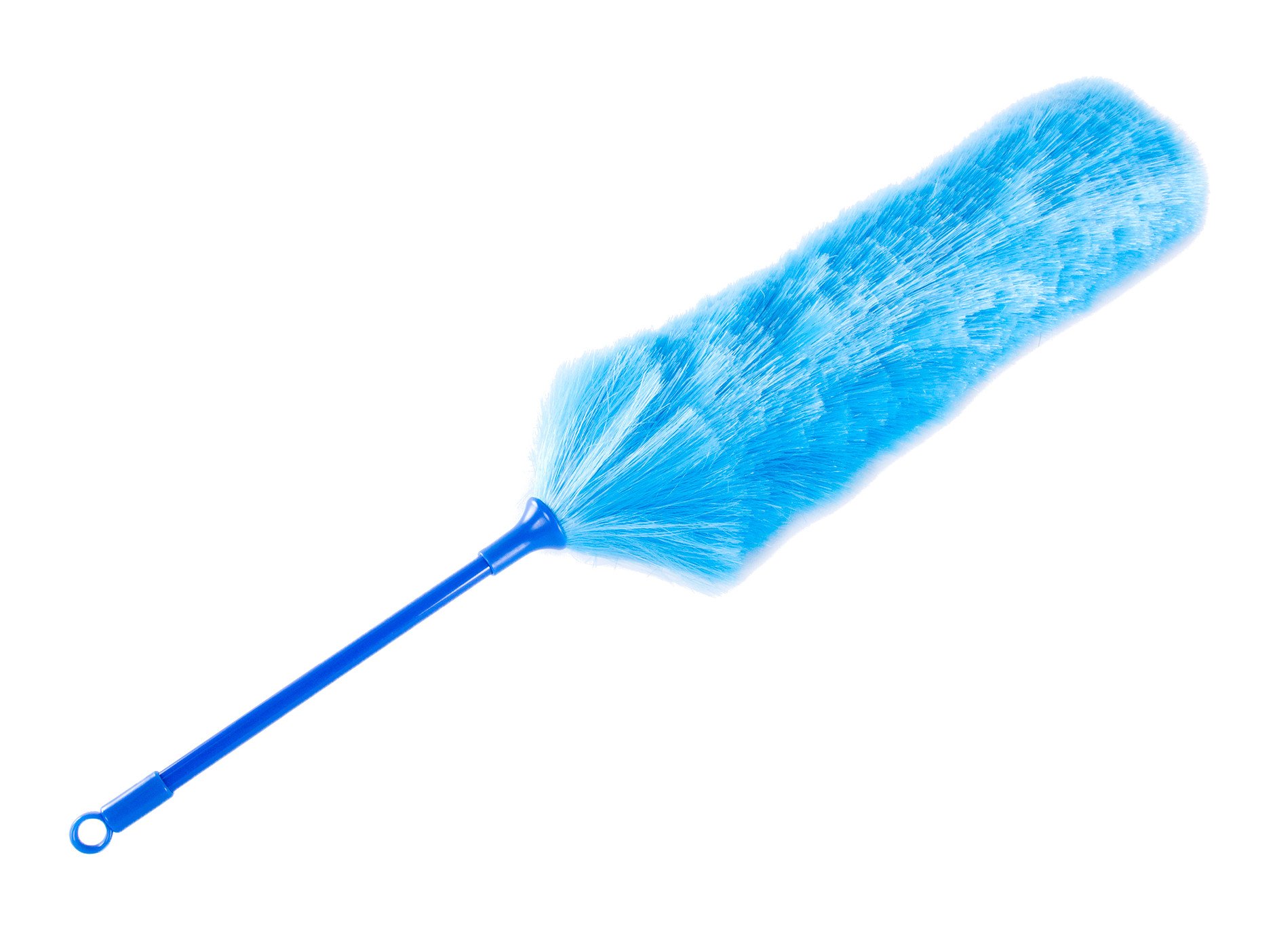
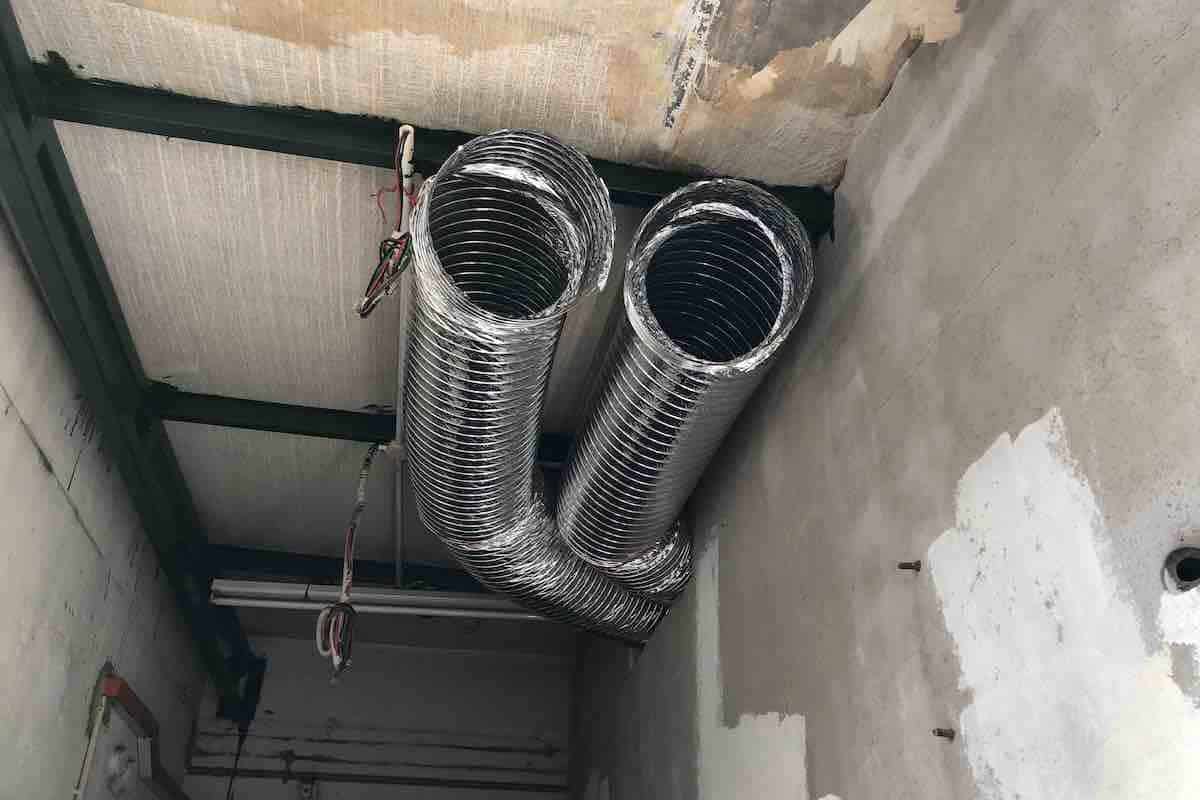

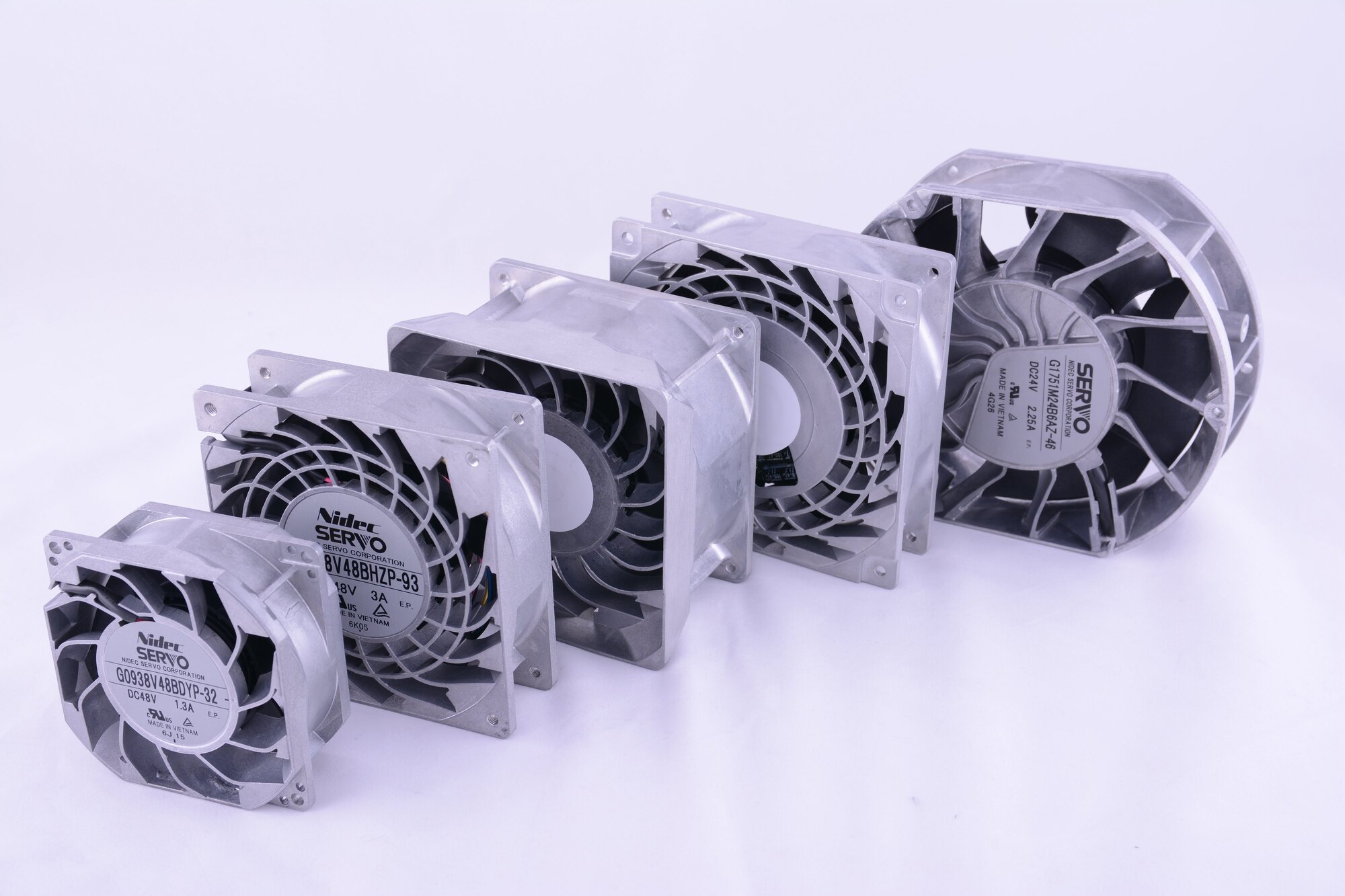


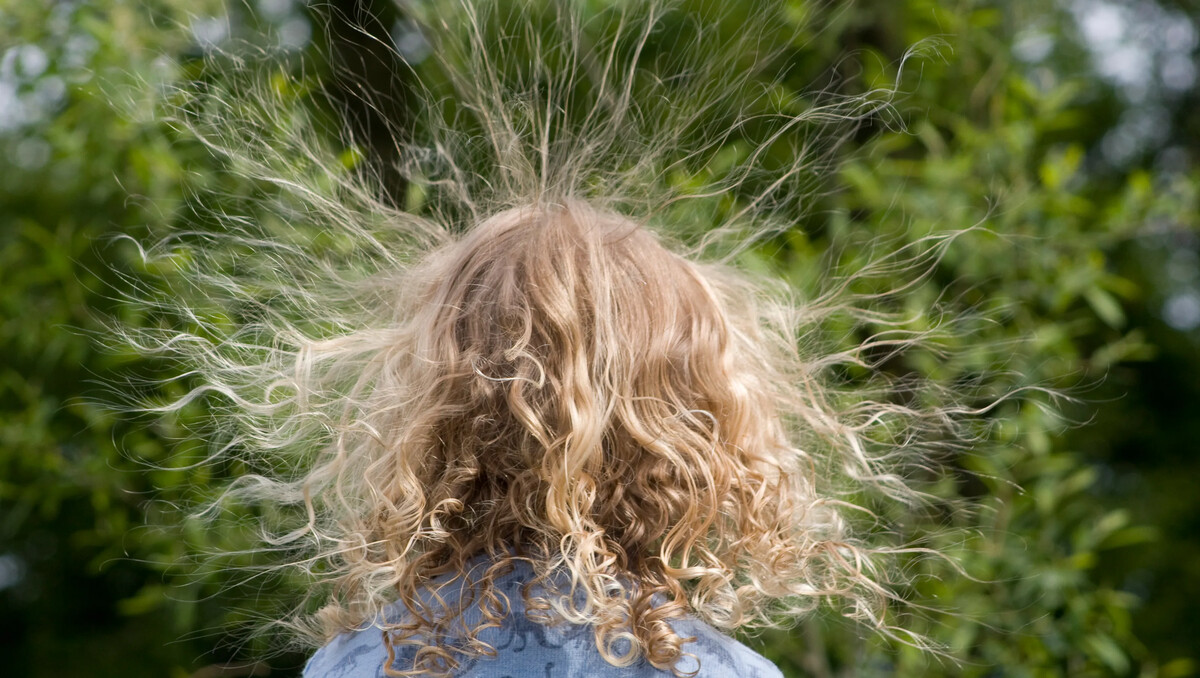

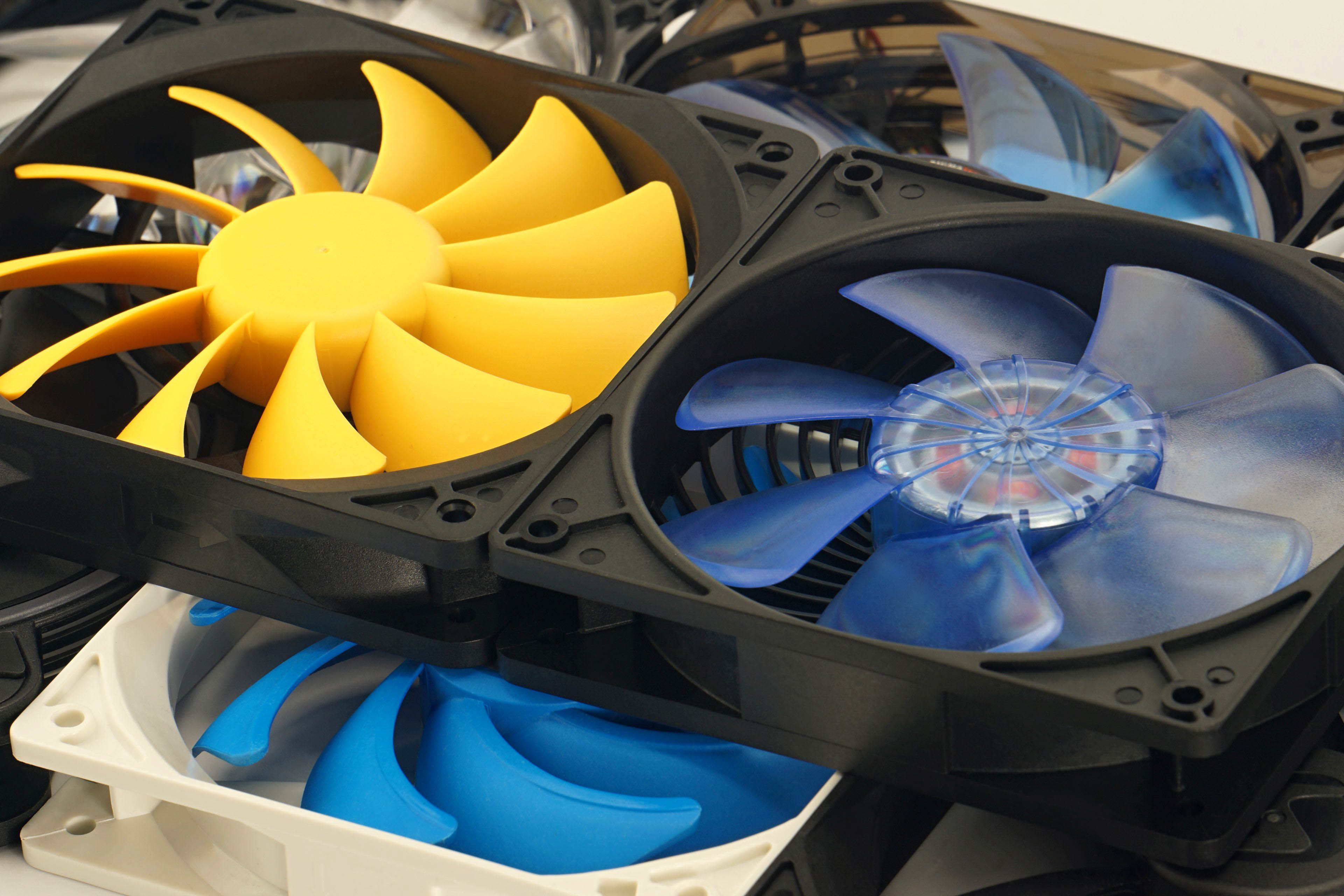


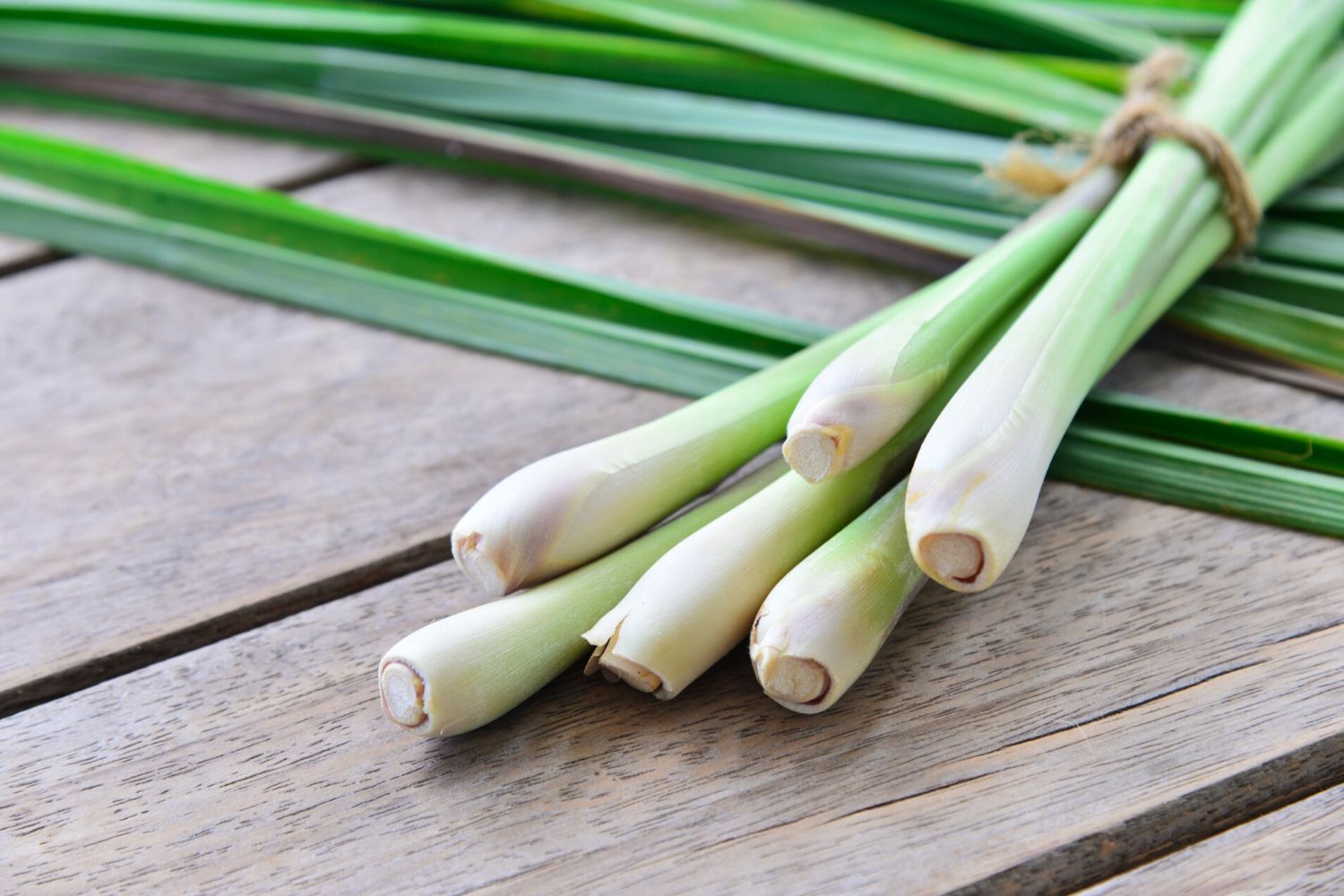
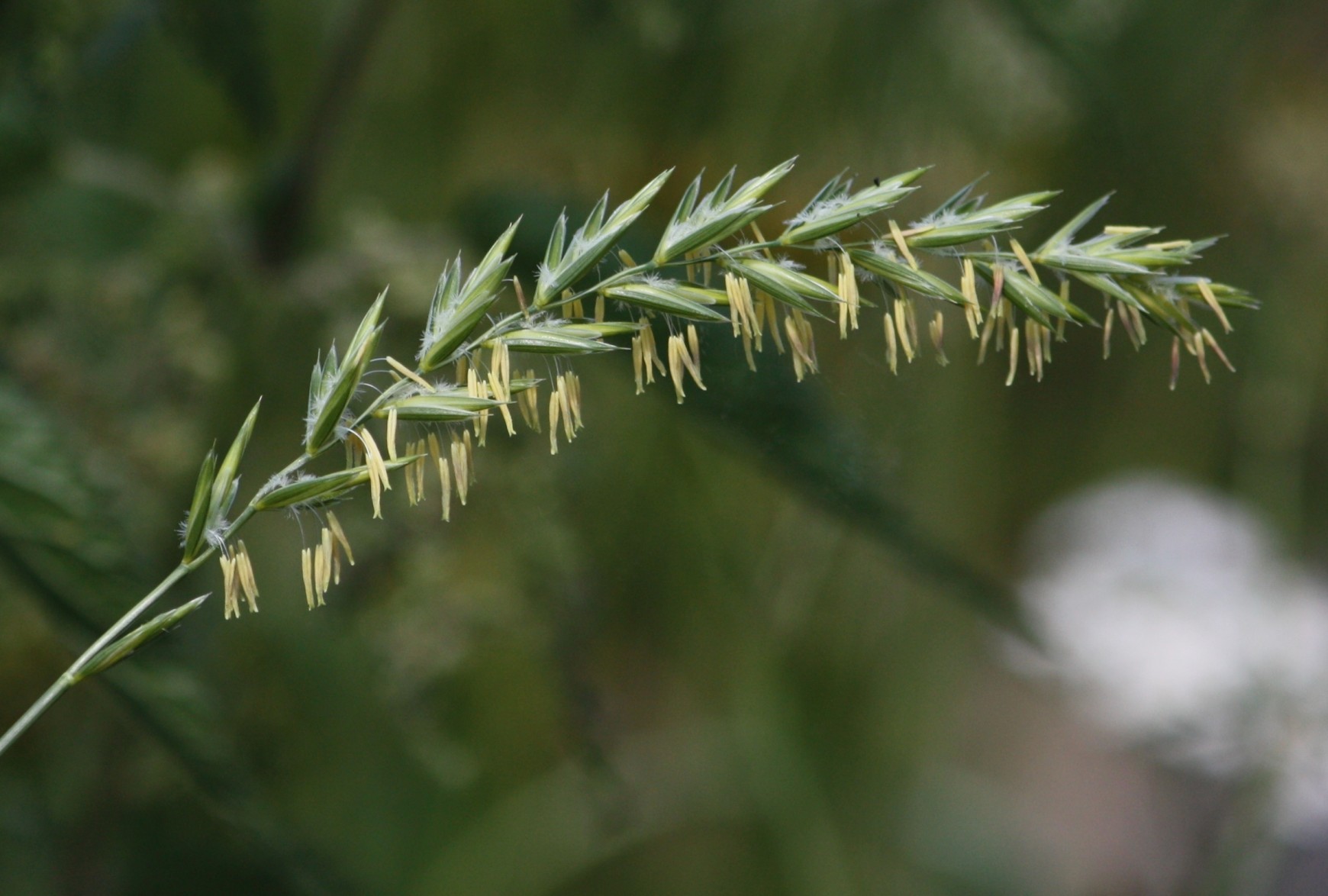
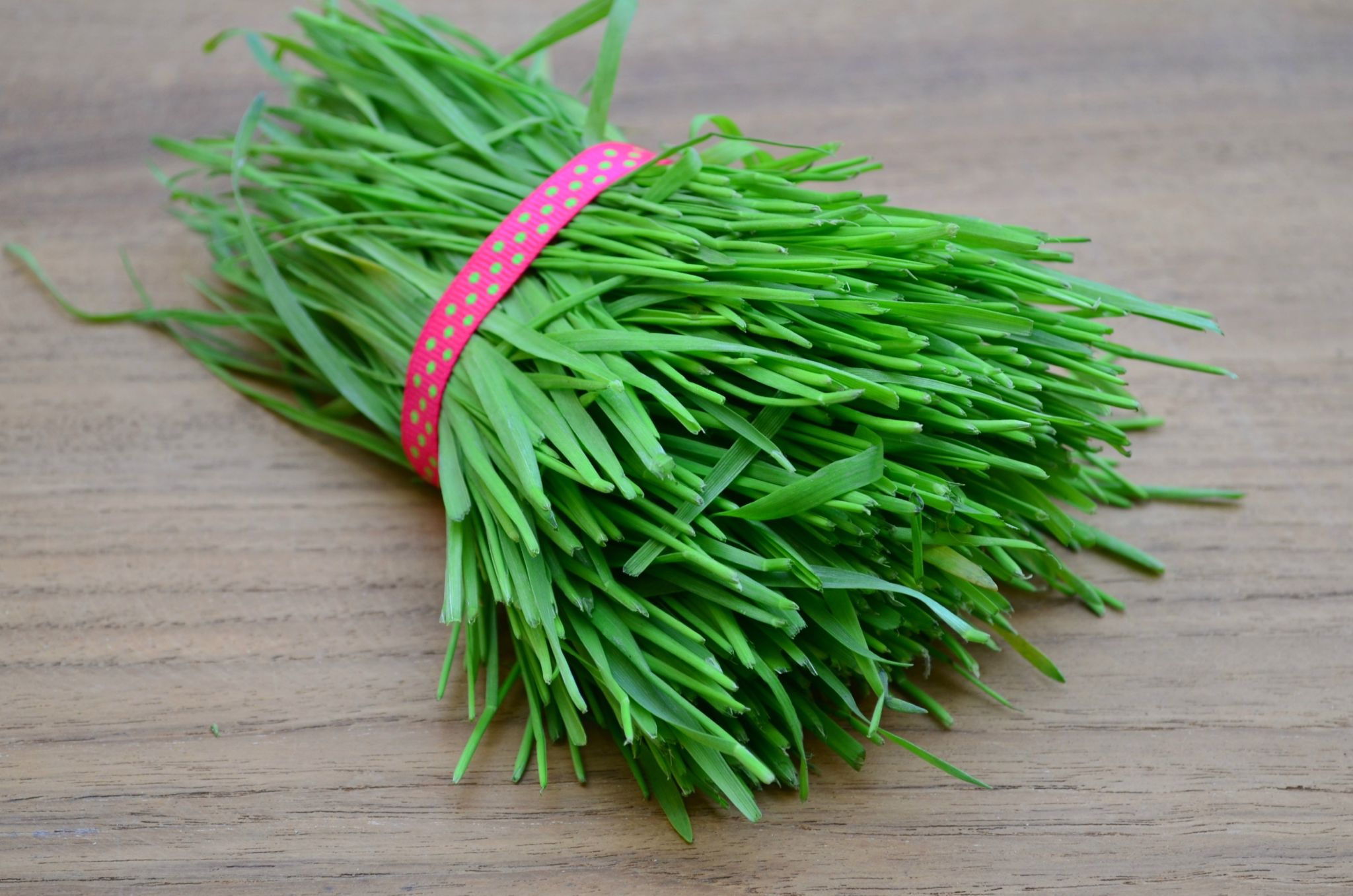

0 thoughts on “What Is Static Grass”